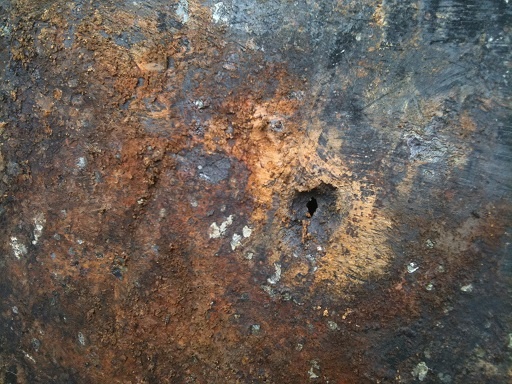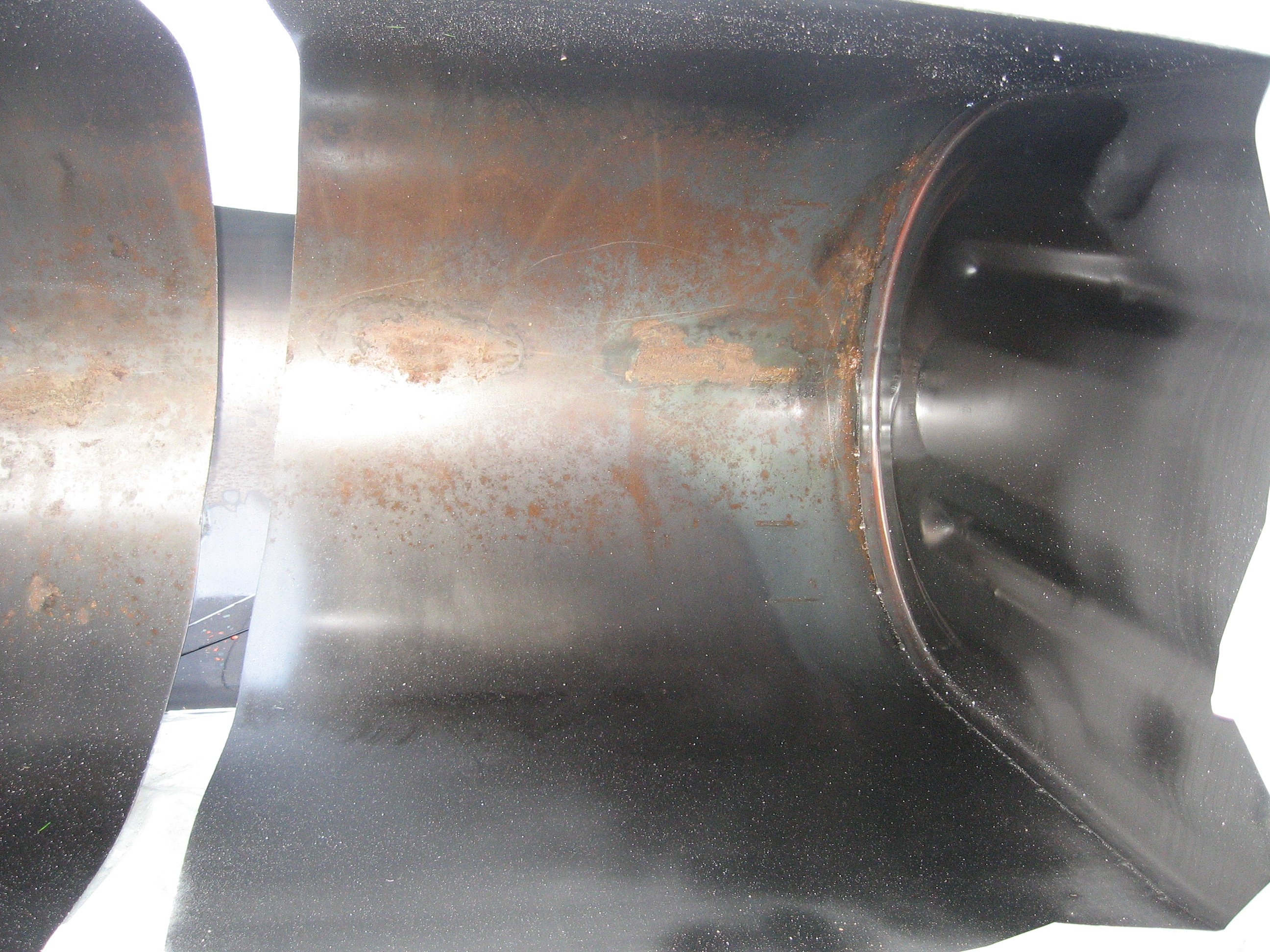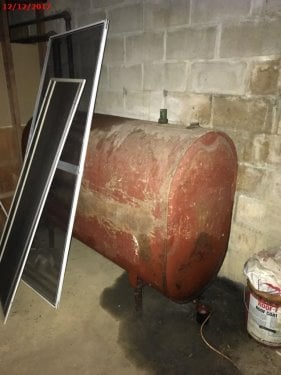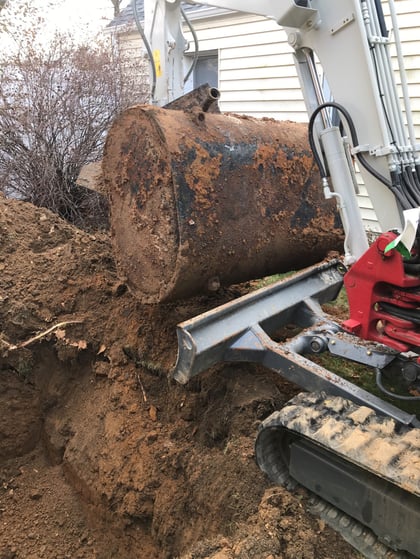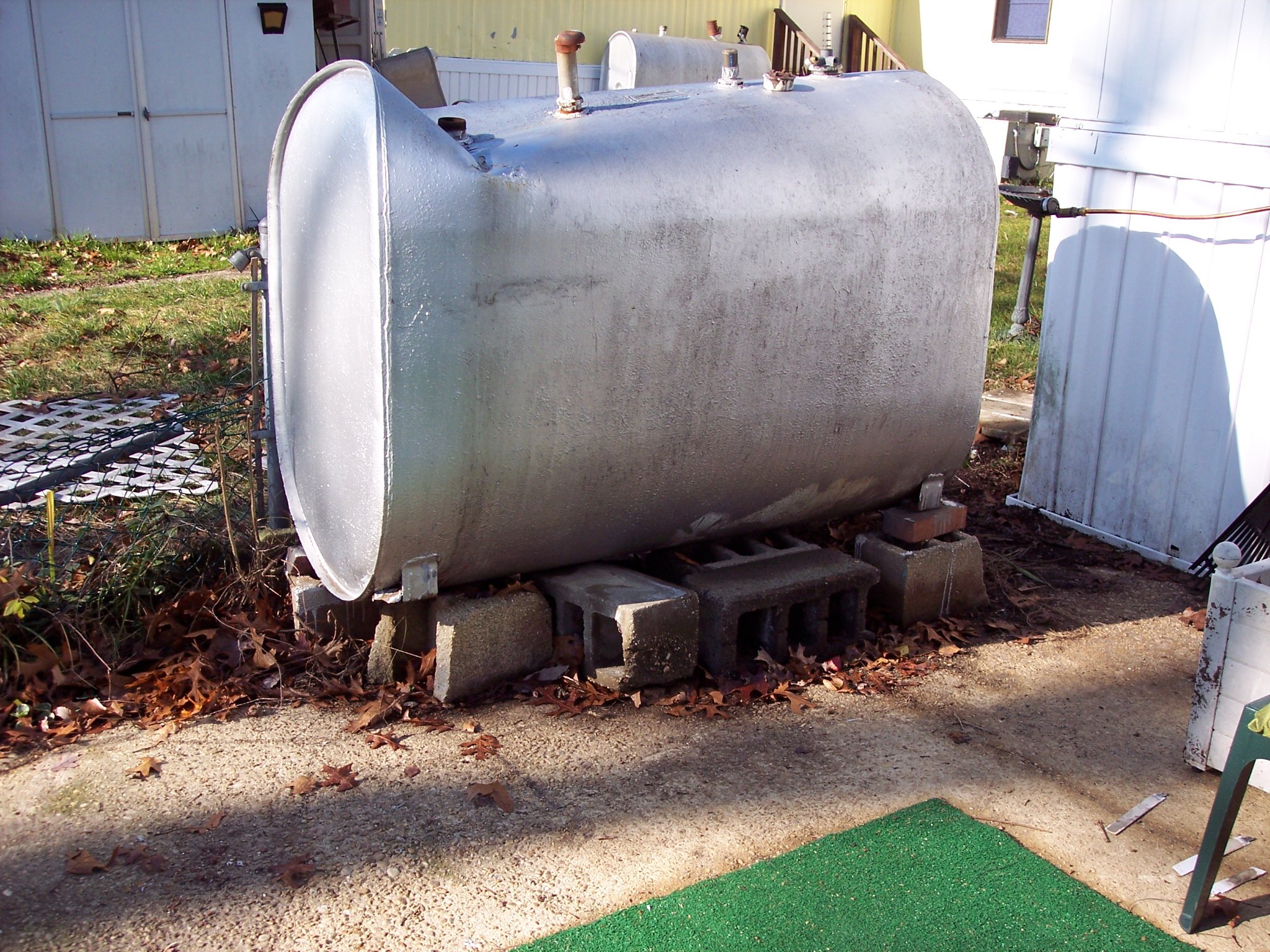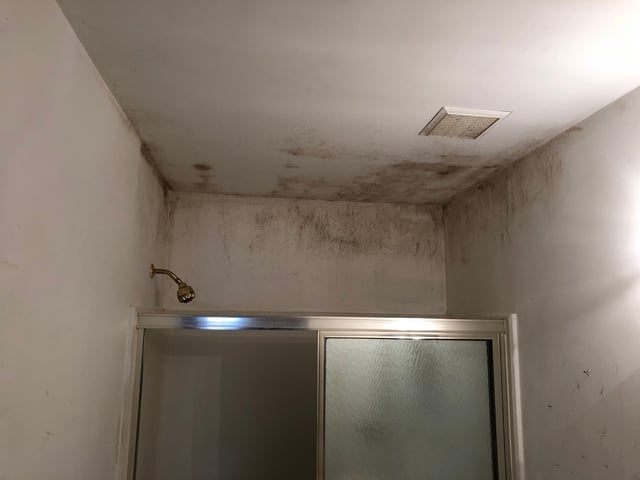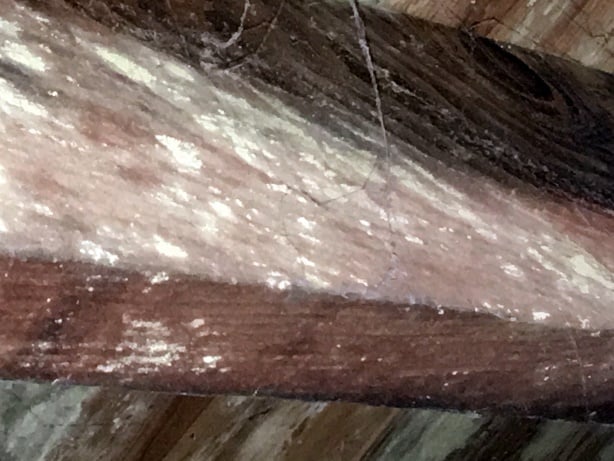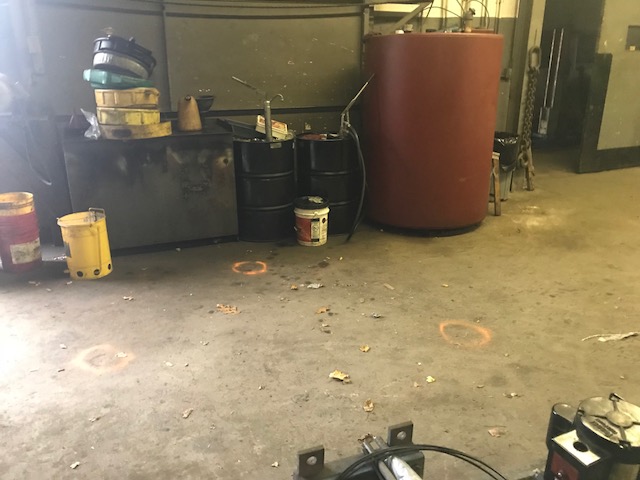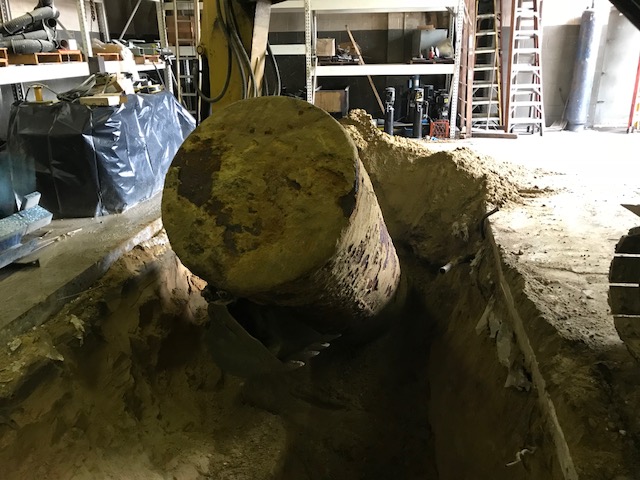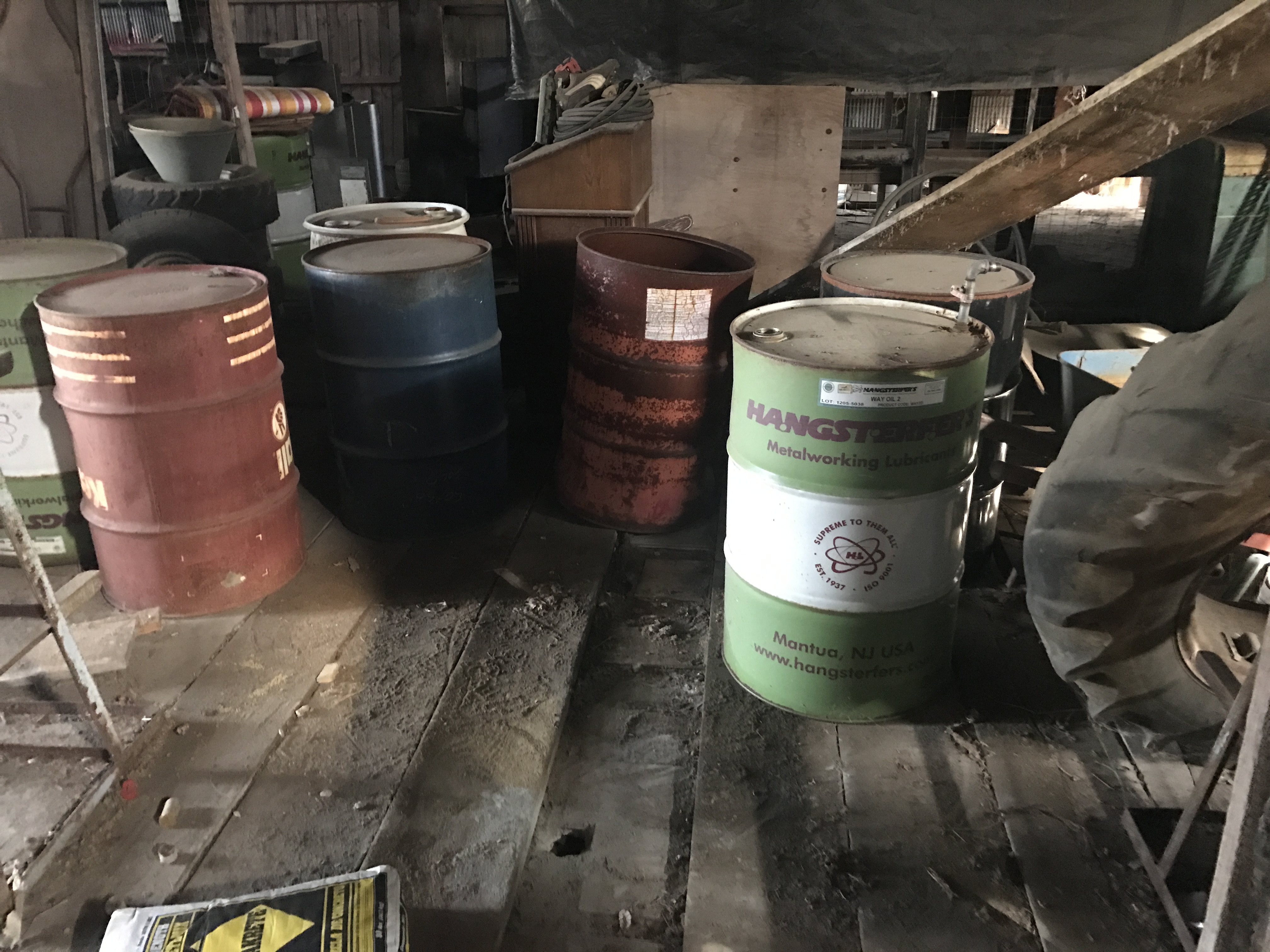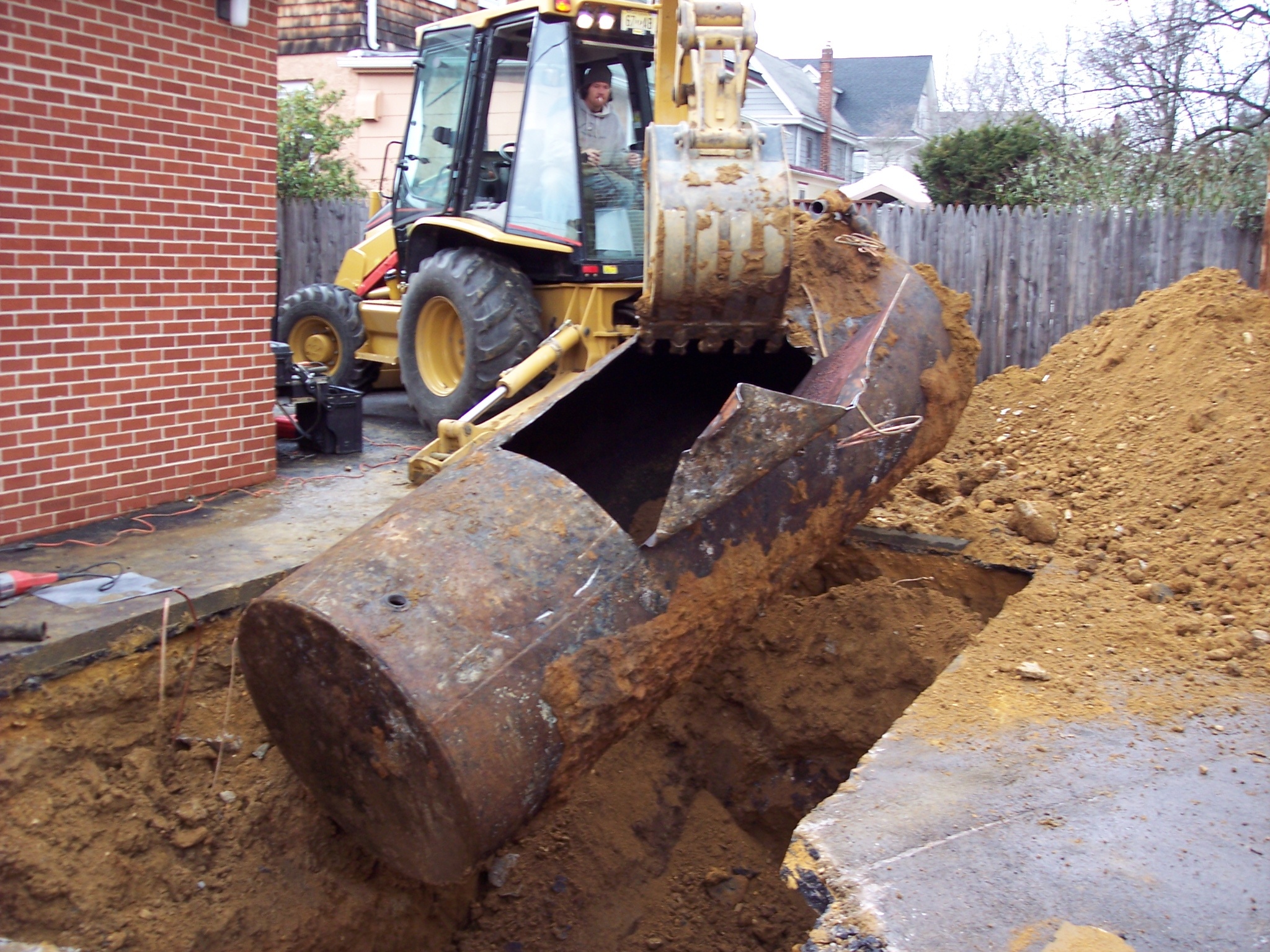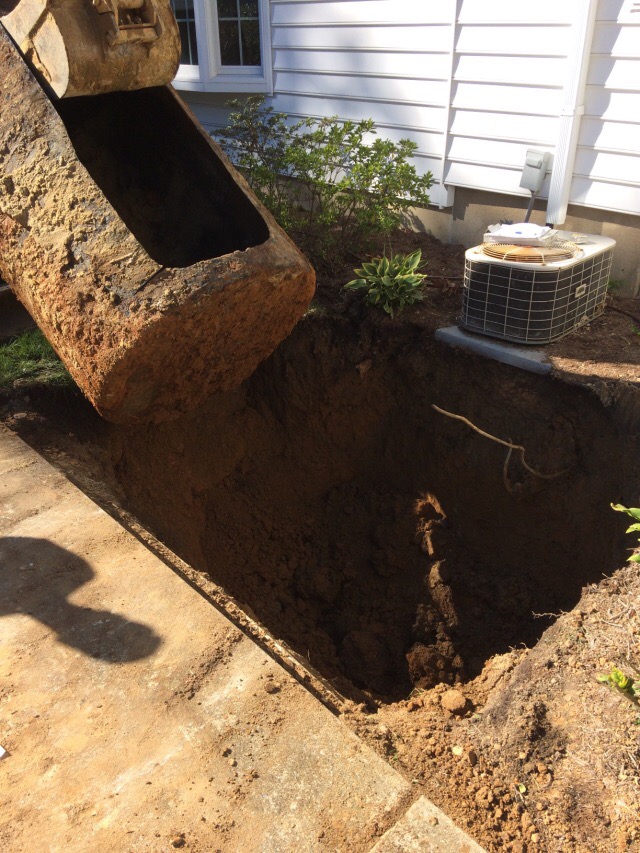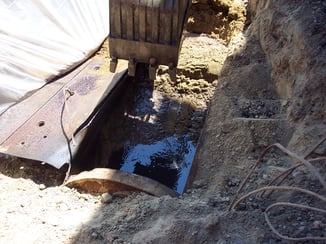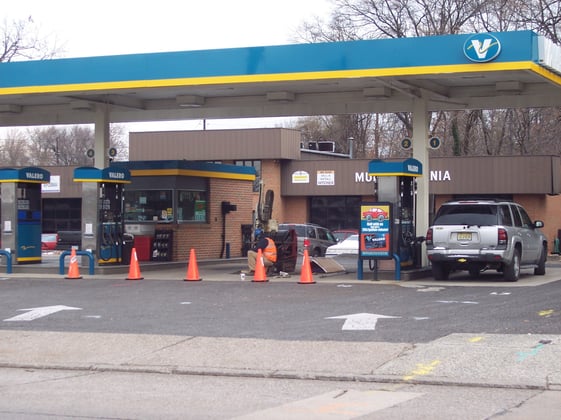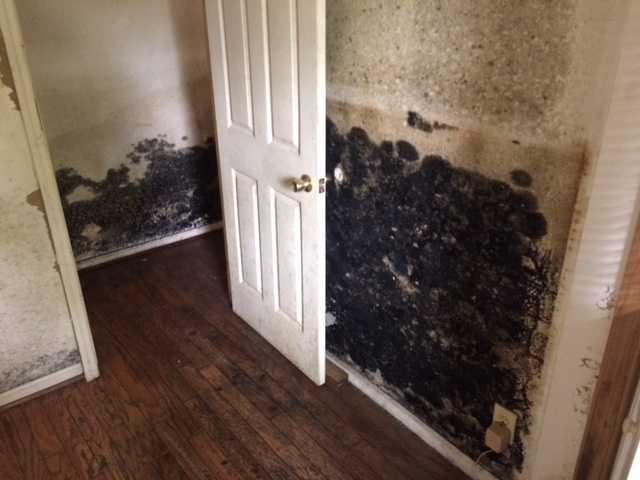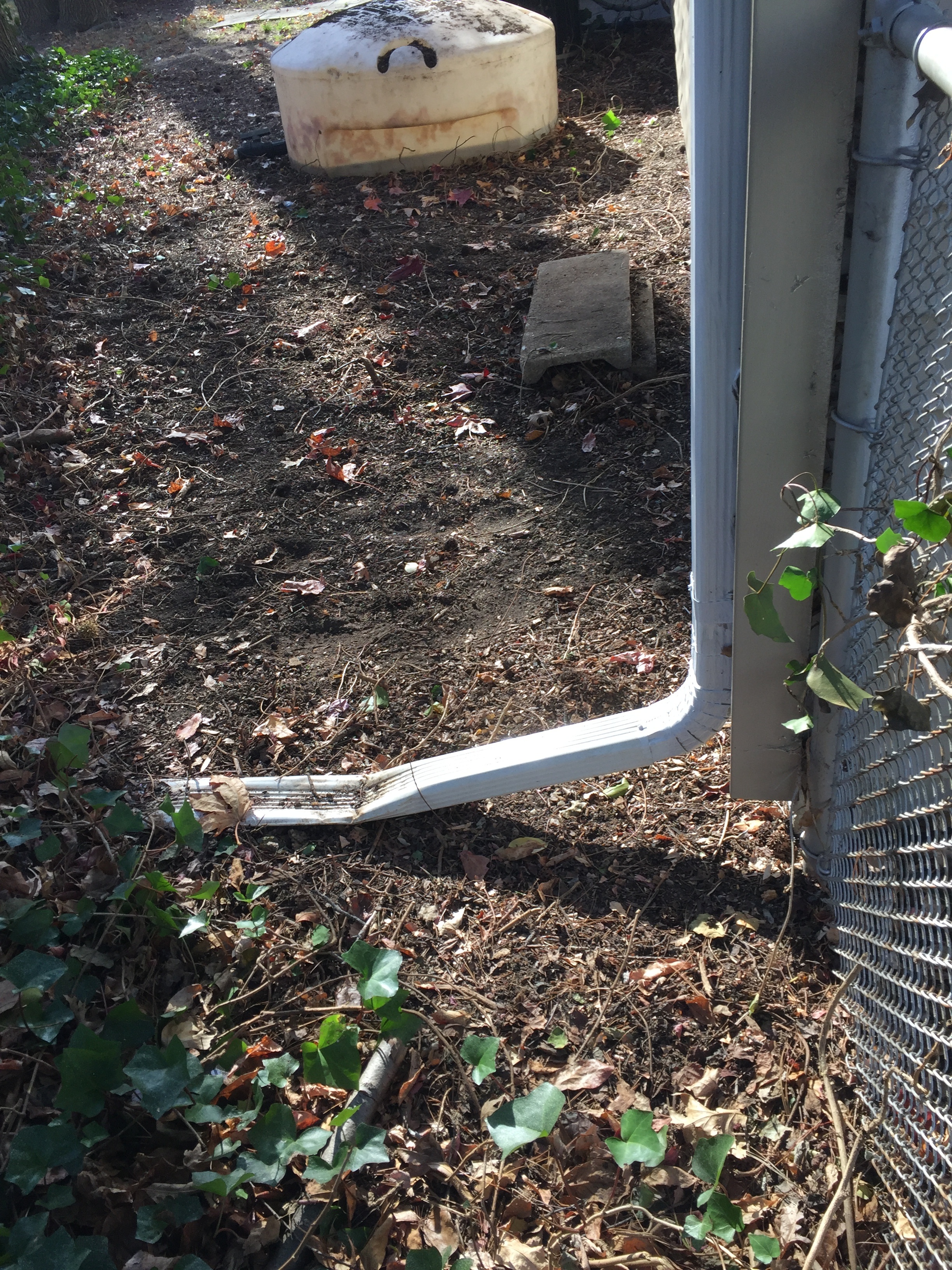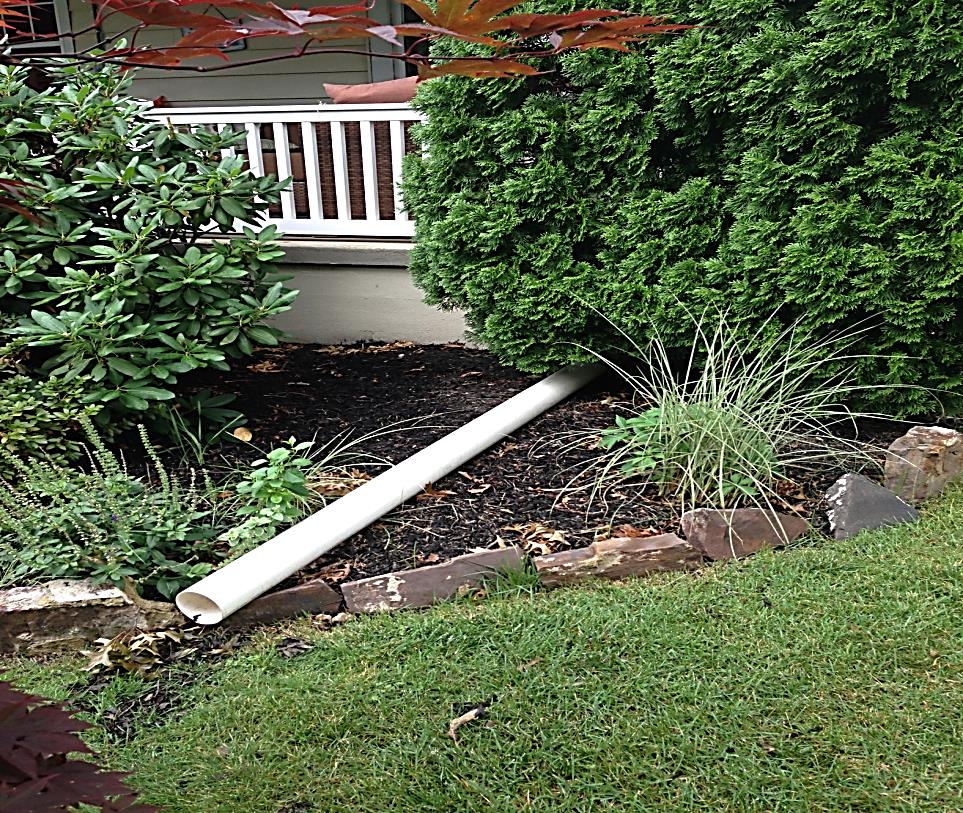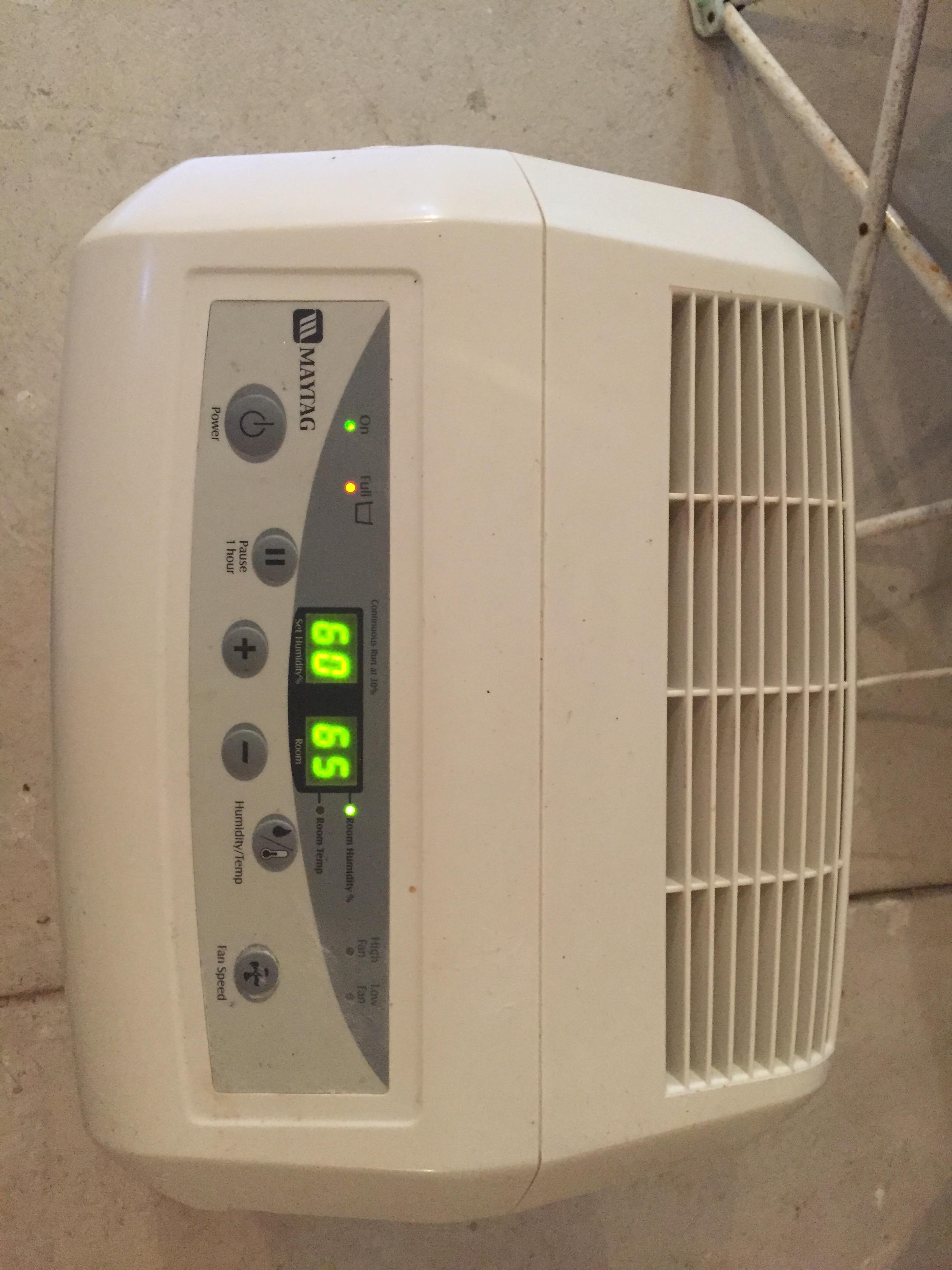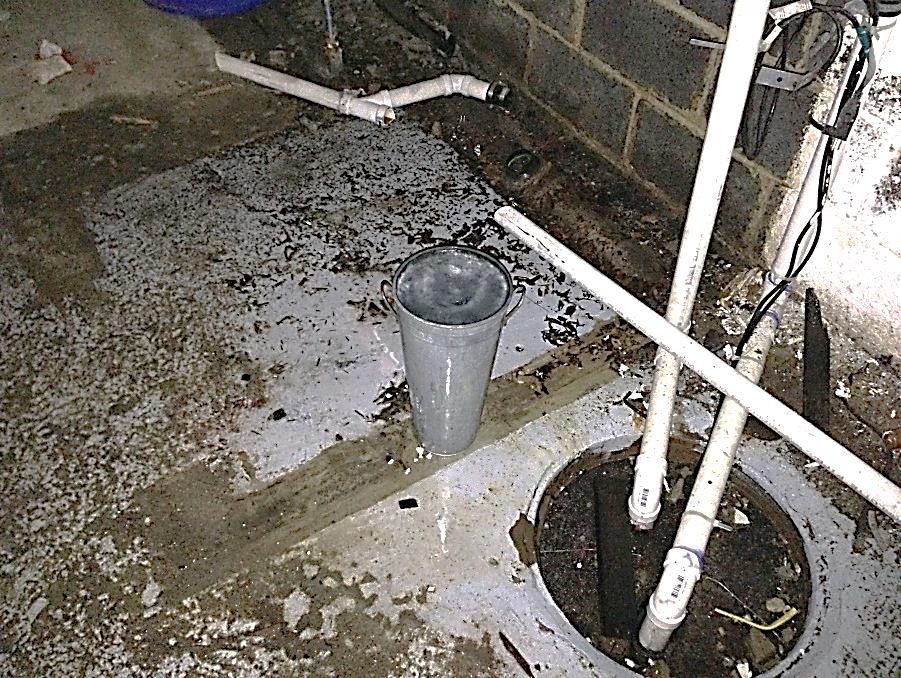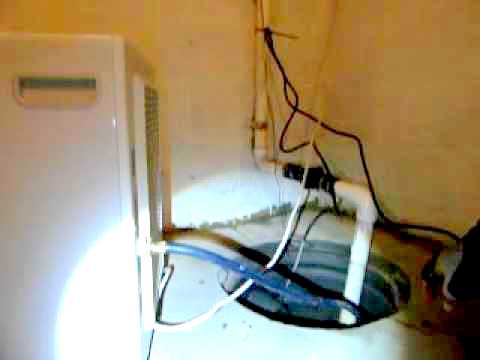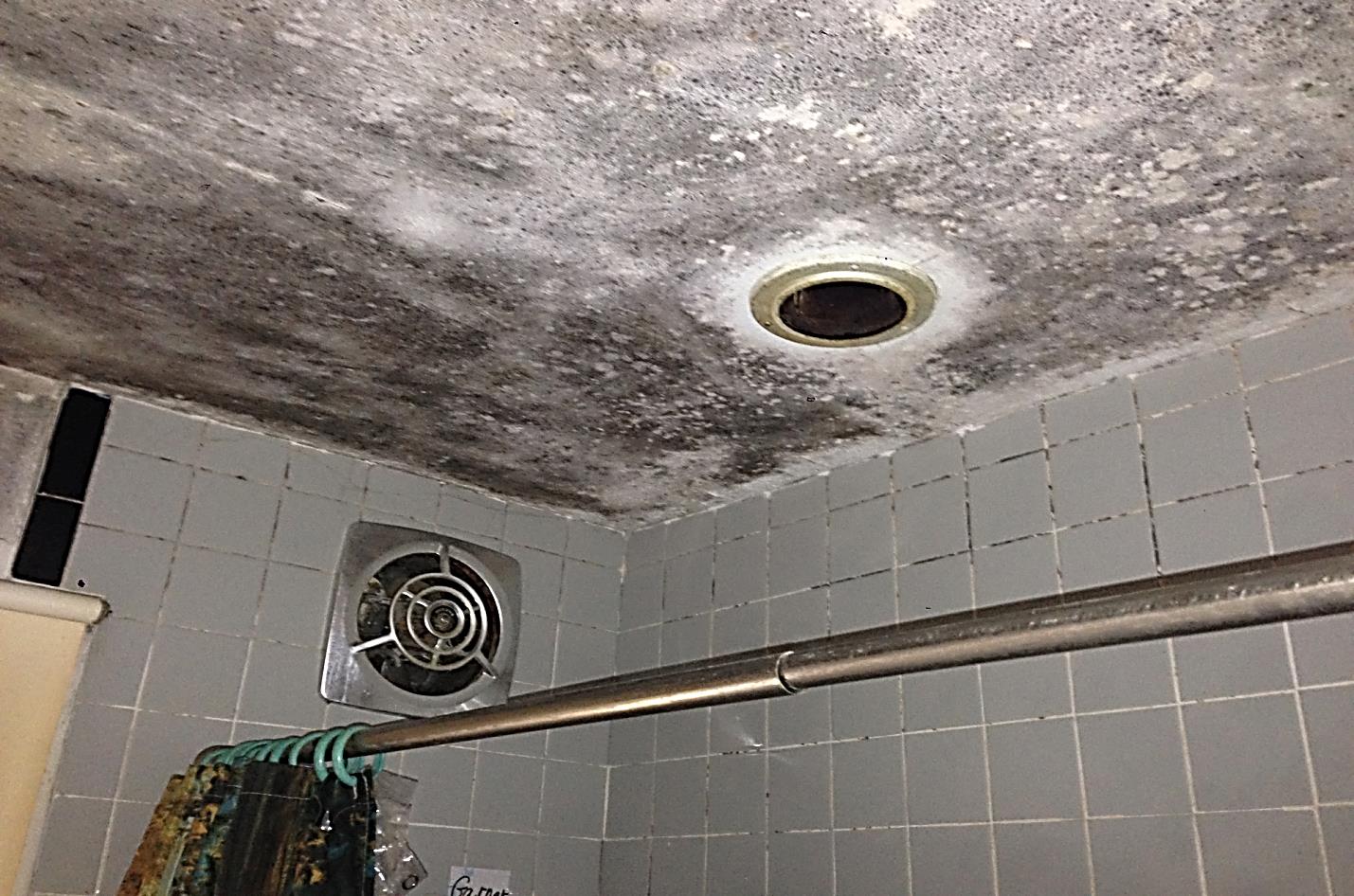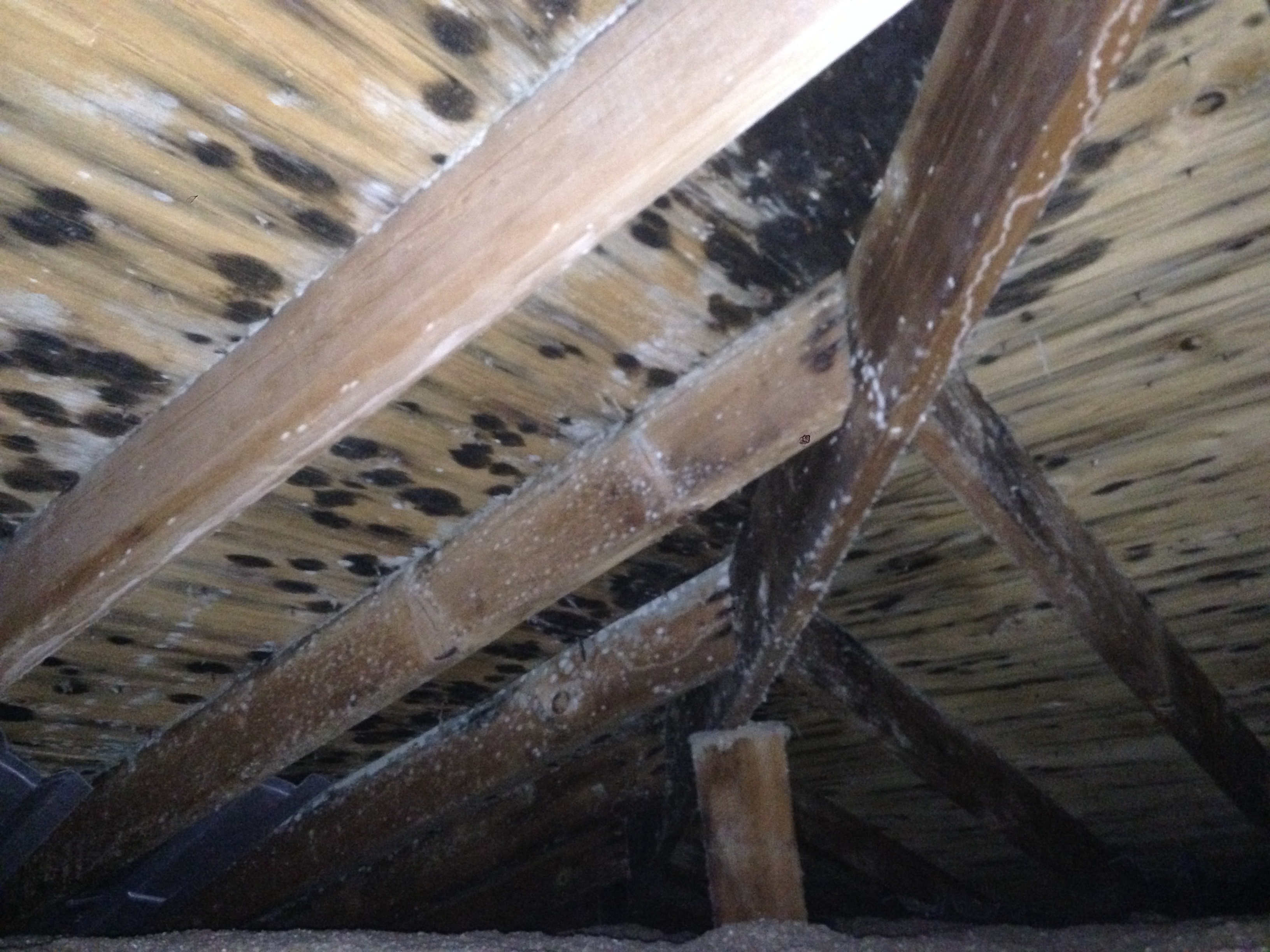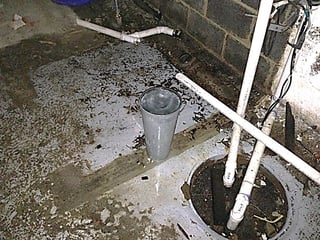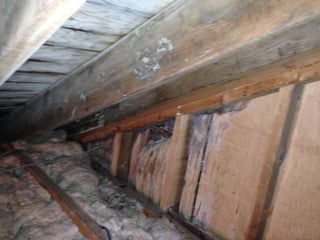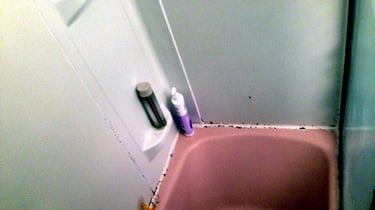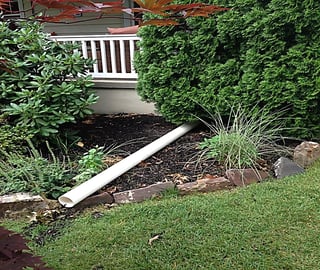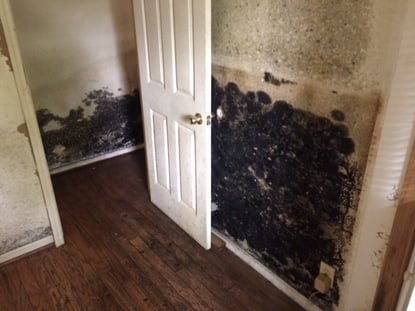SBA 2018 CHANGES TO THE PHASE I & II
SBA SOP 50 10 5 (J)
(Phase One Environmental Site Assessment & Phase II Investigation)
As of January 1, 2018, the SBA has changed their environmental due diligence requirements. These changes relate to Phase I ESA's completed and Phase II requirements for certain sites applying for SBA funding. The changes are more conservative and reflect SBA experience with Due Diligence completed and the need for stricter standards.
January 1, 2018 marks the effective date of SBA SOP 50 10 5 (J) relative to Phase I and II requirements. These new requirements must be followed by parties going through SBA lending. The Nine Key Areas of the most important changes are as follows:
- Dry Cleaner Requirements
- Gas Stations
- Records Search with Risk Assessment
- Phase I Environmental Site Assessments Recommendations
- Shelf Life of a Phase I
- Reliance Letters
- NACIS Code List
- Historic Places
- Insurance
1. Drycleaners
If lending occurs to any site where dry cleaning was EVER performed then a Phase I Environmental Site Assessment (ESA) and Phase II ESA must be performed. This is a change to the prior requirement where the SOP only required a Phase I ESA for current or former dry-cleaning operations and the Phase II was not necessary is if prior dry cleaning operations were under 5 years. Now if the target site has current or former onsite dry-cleaning facilities that used, likely used or uses chlorinated and/or petroleum-based solvents a Phase II is mandatory. If the Phase II ESA finds any soil and groundwater contamination and soil vapor intrusion, it must be addressed.
2. Gasoline Service Stations
The Environmental professional must document with professional judgement that the facility complies with all regulatory requirements relating to tank and equipment testing i.e. the tank system.
The SBA loan will not be completed until full compliance is achieved, and deficiencies have been corrected, which would require monetary outlay by the borrower.
%20Phase%20I.jpg?width=561&height=421&name=SBA%20SOP%2050%2010%205%20(J)%20Phase%20I.jpg)
3. Records Search with Risk Assessment
In a Records Search with Risk Assessment (RSRA), historical sources, regulatory databases and an environmental questionnaire are used to determine current and historical uses of a property in order to provide a risk determination. Site reconnaissance activities are not part of a RSRA. The new SOP has additional requirements for the historical sources used in a RSRA. The historical records should identify property uses back to the first developed use or back to 1940, whichever is earlier. In addition, the RSRA should include the database reports and historical records used to develop the opinion noted in the RSRA.
4. Phase I Environmental Site Assessments (ESA) Recommendations
Any Phase I ESA will include a conclusion by the Environmental Professional whether there is risk of contamination so minimal that no further investigation is warranted or that sufficient risk warranting additional investigation is present. Recommendations, including Housekeeping recommendations of the Environmental Professional’s recommendations are to be followed. In short, if further work is recommended, it is to be accomplished. Noncompliance requires the party to provide to the SBA Environmental Committee justification for not wanting to follow the recommendations of the Environmental Professional, which requires review and approval or denial from the SBA Environmental Committee.
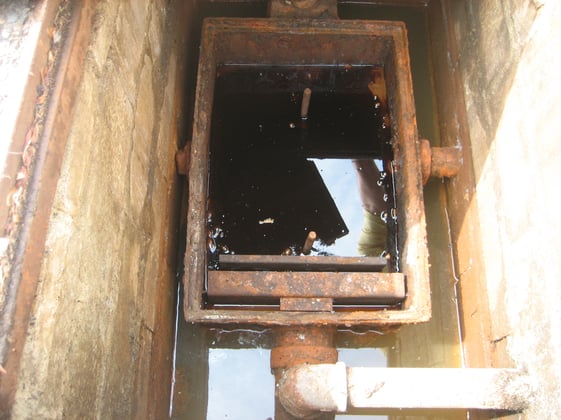
5. Shelf Life of a Phase I
SBA will accept an All Appropriate Inquiry (AAI) compliant Phase I if it was performed within one year of submittal to the SBA. The prior version of the SOP had a 180-day limit.
6. Reliance Letters
Reliance letters are required for Transaction Screen Reports, Phase I ESAs and Phase II ESAs. The SBA Reliance Letter template cannot be modified. Lender and CD’s are not supposed to alter the terms of the SBA’s standard reliance letter.
7. NACIS Code List
The NAICS code(s) for the Property’s current and known prior uses must be obtained or a good faith effort exerted to obtain the number(a) and a comparison must be made to the NAICS code(s) to the list of environmentally sensitive industries. Two new categories were added and four were amended. The NACIS can trigger a Phase II:
- 484 – Trucking (if service bays, truck washing or fuel tanks are present)
- 713990 – Other recreational industry (indoor and outdoor shooting ranges only)
In addition, four clarifications were added. The clarifications are noted below.
- 316 – Leather & Allied Product Manufacturing (not required if assembly only)
- 326 – Plastics & Rubber Product Manufacturing (not required if assembly only)
- 332 – Fabricated Metal Product Manufacturing (not required if assembly only)
- 8122 – Death Care Services (unless no embalming or cremation at the property.
8. Historic Places
Potential to impact listed/eligible to be listed properties on the NRHP, the SBA counsel should be consulted. If impacts to historic places are anticipated, the SBA is required to consult with the applicable State Historic Preservation Officer (SHPO), who typically has 30 days to provide feedback on the property. If no impacts are anticipated, the SBA counsel may determine that no further review is required.
![images[2].jpg](https://www.currenenvironmental.com/hs-fs/hubfs/images%5B2%5D.jpg?width=300&height=168&name=images%5B2%5D.jpg)
9. Insurance
A new section relating to Indemnification was added to the Environmental Policies and Procedures section of the SBA SOP. Environmental errors and omissions liability insurance with a minimum coverage of $1,000,000 per claim (or occurrence) must be provided and that evidence of this insurance must be attached to all reports. This insurance must cover environmental work completed as of the date of the Phase I, provide coverage up to $1,00,000.00 and have no time limitation on liability.
Trust the Experts our Due Diligence Experience is Decades in the Making.
- Over 20 years experience.
- Thousands of Phase I & II ESA completed.
- Peer reviews performed on Phase I & II reports.
- In house Drilling, Geophysical & Excavation equipment for cost control.



